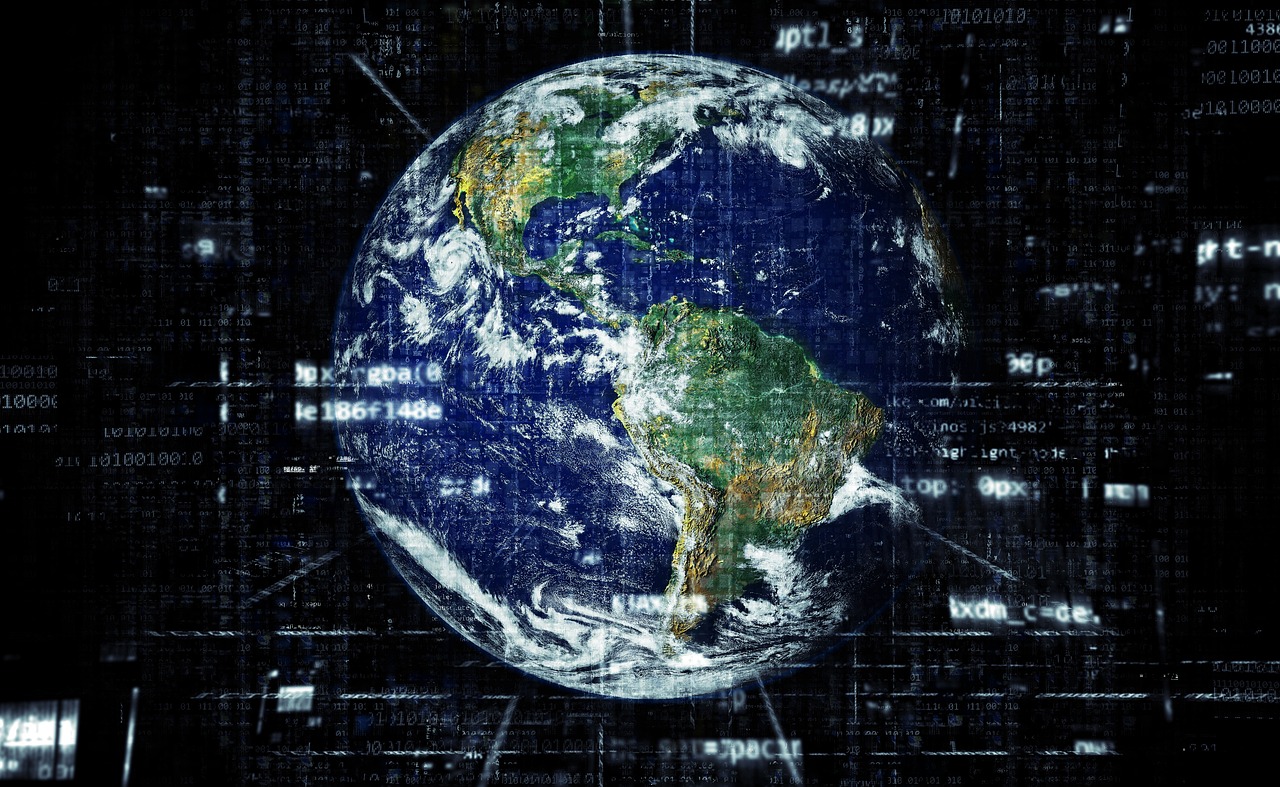
Introduction
The World Wide Web (WWW) has become an integral part of modern life, shaping the way we communicate, work, and access information. From its inception in the late 20th century to its current state, the Web has undergone significant transformations. This article explores the evolution of the World Wide Web, highlighting key milestones, technological advancements, and the impact on society.
1. The Genesis: Web 1.0
1.1 The Birth of the Web
The concept of the World Wide Web was introduced by Tim Berners-Lee, a British computer scientist, in 1989. Working at CERN (European Organization for Nuclear Research), Berners-Lee proposed a system to manage and share information across different computers. By 1991, he had developed the first website, and the Web was officially launched.
1.2 Characteristics of Web 1.0
The early Web, known as Web 1.0, was predominantly static. Websites were simple, consisting mostly of text and images, with limited interaction. The primary focus was on delivering information, and web pages were designed using basic HTML (Hypertext Markup Language).
Key Features:
- Static Pages: Websites were built with fixed content that did not change dynamically.
- Limited Interactivity: User interaction was minimal, with most websites functioning as digital brochures.
- Basic HTML: Web design was limited to HTML, with no advanced scripting or styling.
2. The Transition: Web 2.0
2.1 Emergence of Web 2.0
The term “Web 2.0” was popularized by O’Reilly Media in 2004, marking a significant shift in the way websites were designed and used. Web 2.0 introduced the concept of a more interactive and user-centric web experience.
2.2 Characteristics of Web 2.0
Web 2.0, often referred to as the “Social Web,” brought about several changes that revolutionized online interactions.
Key Features:
- Dynamic Content: Websites became more dynamic, with content that could be updated in real-time.
- User Participation: Platforms like blogs, wikis, and social media allowed users to contribute content and interact with others.
- Rich Internet Applications: Technologies such as AJAX (Asynchronous JavaScript and XML) enabled more interactive web applications.
2.3 Impact of Web 2.0
The rise of Web 2.0 led to the creation of numerous social media platforms, online communities, and collaborative tools. Websites like Facebook, Twitter, and Wikipedia became central to online communication and information sharing.
3. The Modern Era: Web 3.0 and Beyond
3.1 Introduction to Web 3.0
Web 3.0, also known as the “Semantic Web,” represents the next phase in the evolution of the Web. Coined by Tim Berners-Lee in the early 2000s, Web 3.0 aims to make the Web more intelligent and intuitive.
3.2 Characteristics of Web 3.0
Web 3.0 is characterized by several key advancements that enhance user experience and data management.
Key Features:
- Semantic Web: The Semantic Web uses metadata to understand and process data in a more meaningful way, enabling better search and information retrieval.
- Artificial Intelligence: AI and machine learning technologies are integrated to provide personalized content and services.
- Decentralization: Blockchain technology and decentralized networks enable greater transparency and security.
3.3 Impact of Web 3.0
The implementation of Web 3.0 technologies is transforming various sectors, including finance, healthcare, and entertainment. Decentralized finance (DeFi) and non-fungible tokens (NFTs) are examples of innovations driven by Web 3.0 principles.
4. The Future: Web 4.0 and Emerging Trends
4.1 Anticipated Developments
As technology continues to advance, the concept of Web 4.0 is emerging, characterized by further integration of the digital and physical worlds.
Key Features:
- Ubiquitous Computing: The Internet of Things (IoT) will connect a vast array of devices, creating a seamless digital experience.
- Augmented Reality (AR) and Virtual Reality (VR): AR and VR technologies will enhance immersive experiences and interactions on the Web.
- Advanced AI: The use of advanced AI will lead to more sophisticated and intuitive interactions between users and digital systems.
4.2 Potential Challenges
The evolution of the Web also presents challenges, including issues related to privacy, security, and the digital divide. Addressing these challenges will be crucial for ensuring a positive impact on society.



